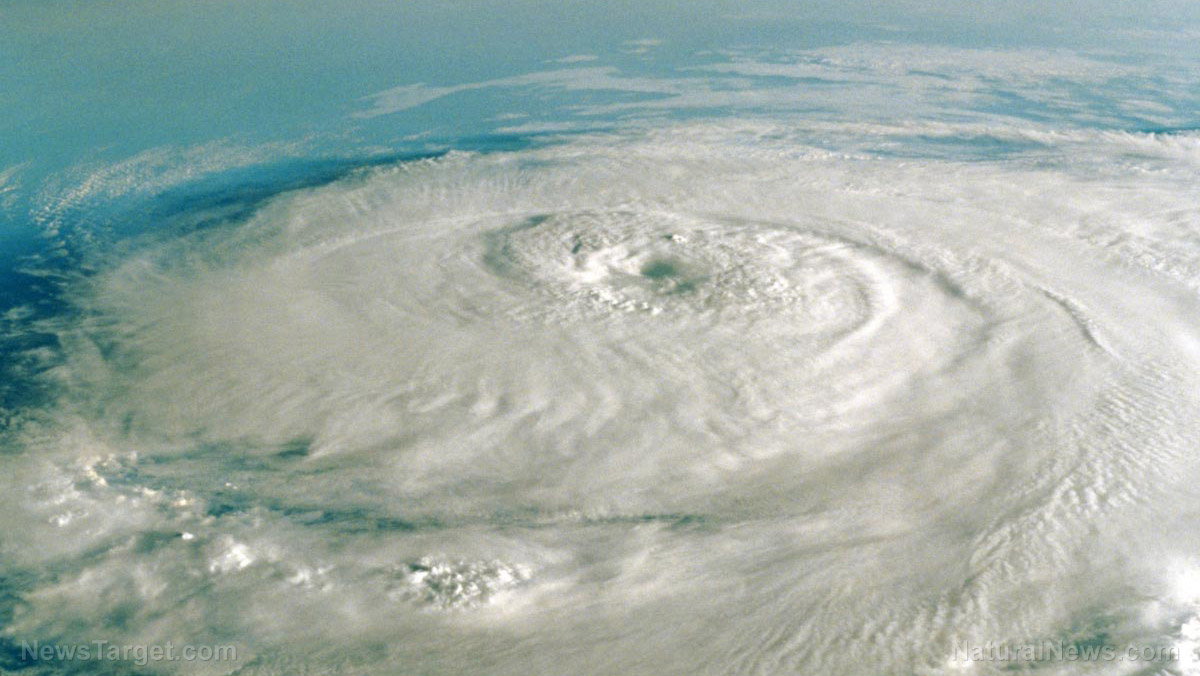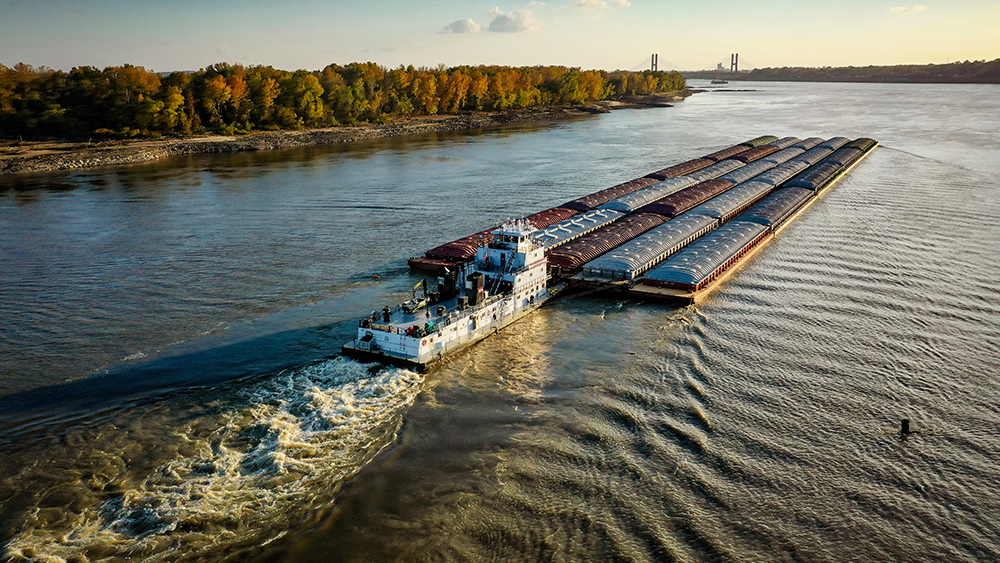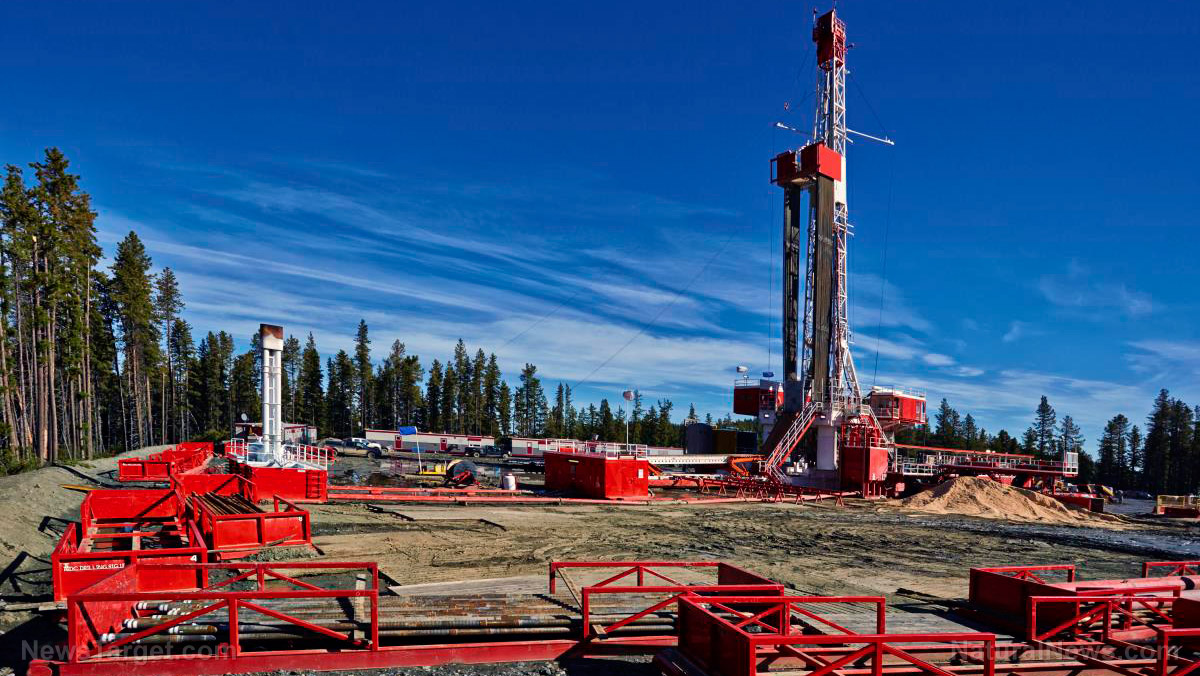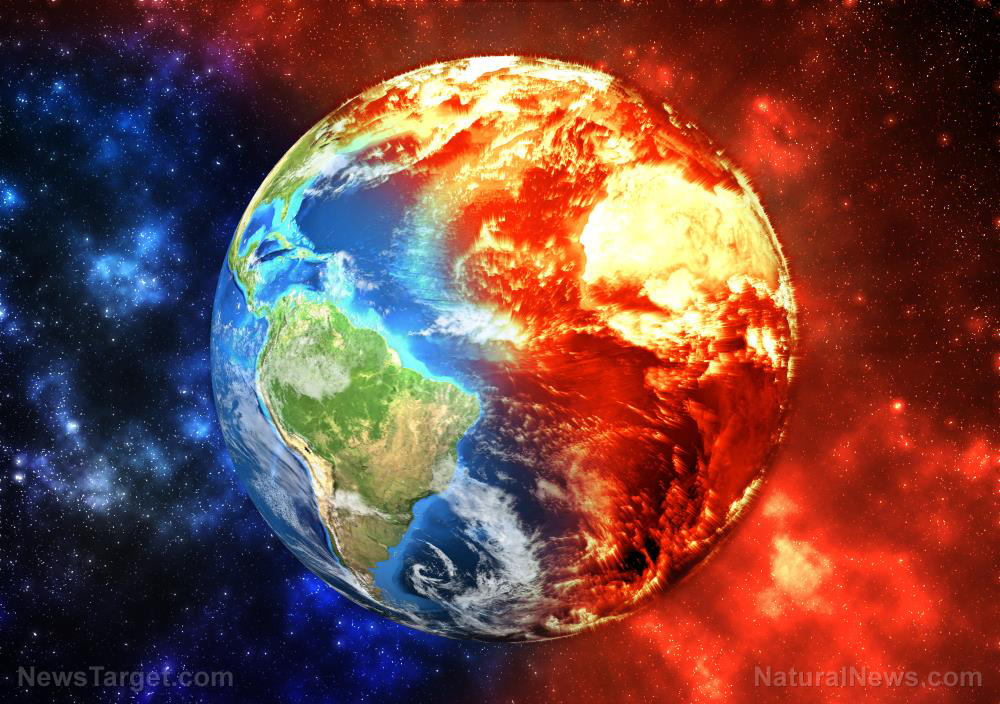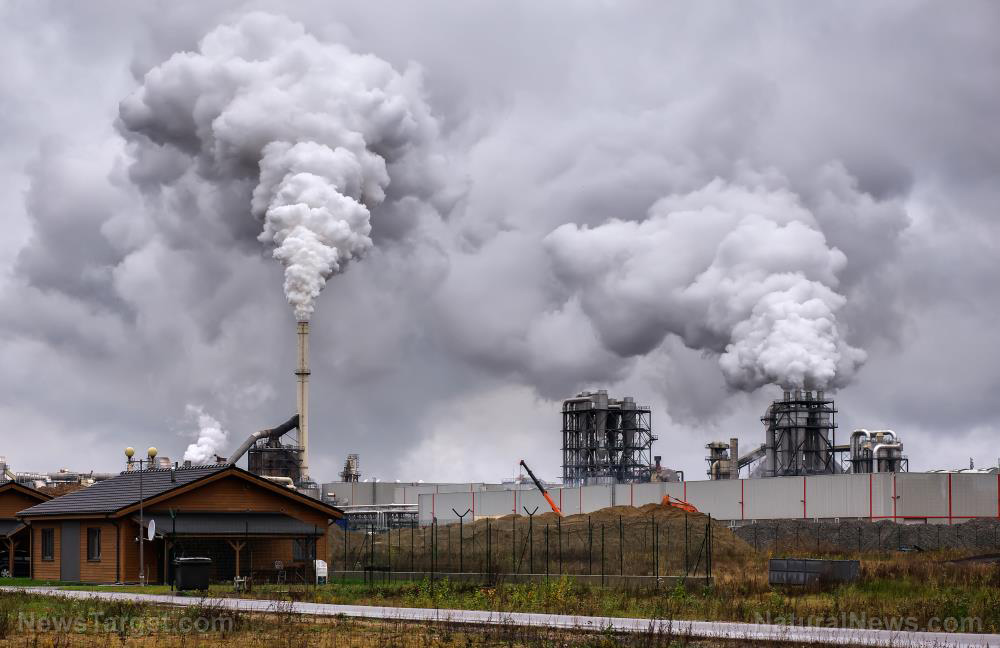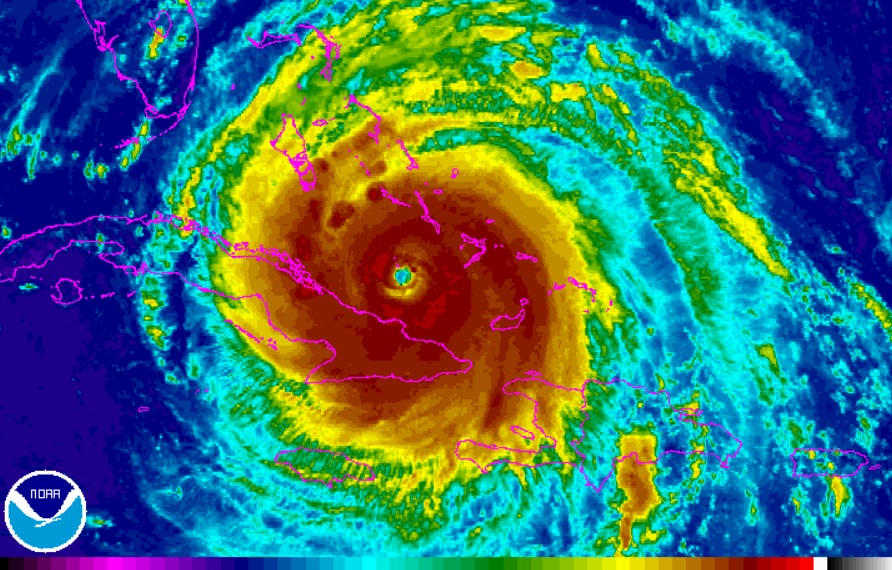Computer simulation reveals what would happen if the Earth started spinning backwards
06/16/2018 / By Ralph Flores
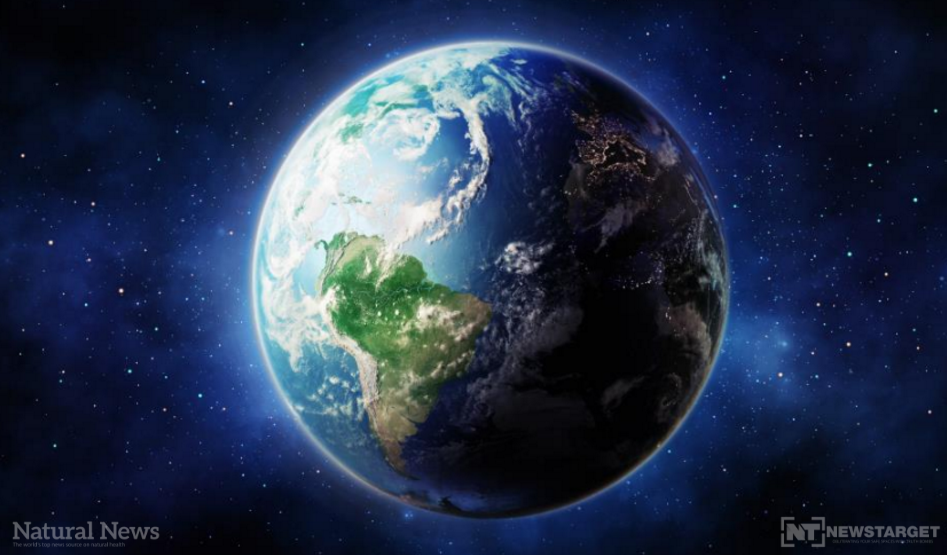
One of the most iconic scenes in the Superman movie was when the titular hero flew around the Earth at light speed, reversing its rotation and turning back time to prevent Lois Lane from dying. While this opens up a lengthy discussion on the possibility of time travel, more curious minds from the Max Planck Institute for Meteorology have looked at what could actually happen if the world spun the other way – and presented a simulation of its effects in their latest study.
Their findings, which were presented at this year’s European Geosciences Union General Assembly in Austria, revealed a different picture of Earth than the one we’re used to – where deserts are in North America instead of Central Africa, sand dunes instead of trees dot the Amazon landscape, and lush rainforests cover the Middle East and Central Africa.
The computer simulation not only identified changes in an area’s topography, but it also revealed extreme shifts in weather, as well as flora and fauna distribution. For instance, freezing winters, usually seen in Russia and most of the Arctic region, could descend into Western Europe and wreak havoc. Cyanobacteria, a group of photosynthetic bacteria usually (and erroneously) referred to as blue-green algae, would bloom in places they aren’t usually identified.
What’s more, the Atlantic Meridional Overturning Circulation (AMOC), a major current in the Atlantic responsible for regulating the Earth’s climate system, would fade away and resurface in the northern Pacific Ocean, according to their report. (Related: By studying ancient evidence, researchers discover that climate change ebbs and flows over time.)

Spinning around
To understand how such a scenario could impact the world, we don’t need to look far: The Earth’s rotation affects a lot of things: some examples include day and night cycles, the formation of tides, and the regulation of ocean and air currents. The last one, in particular, affects weather patterns around the world, as the combination of wind and ocean currents carries rain in jungles or diverts moisture in more arid areas.
In the study, the team created a digital model of the Earth spinning in the opposite direction. According to the researchers, this provides a glimpse of how the Earth’s rotation affects its climate system, especially how ocean currents and winds interact to create weather systems around the world.
“[Reversing Earth’s rotation] preserves all major characteristics of the topography like sizes, shapes, and positions of continents and oceans, while creating a completely different set of conditions for the interactions between the circulation and the topography,” explained co-creator Florian Zeimen in an article in LiveScience.
The simulation covered both the immediate and long-term effects of a reversal in the Earth’s rotation. During this time, researchers found changes in the climate system over several thousand years, a result of the concerted effects of rotation, atmosphere, and ocean in the planet.
They also found that this model had more green space, with areas that were previously deserts now filled with grass and woody plants. In their model, the global desert average is around 12 million miles, which is less than our current coverage by four million square miles. Interestingly enough, deserts popped out of places such as the southeastern U.S., Southern Brazil and Argentina, and Northern China.
However, one of the most significant changes noted by the researchers was how it affected global wind patterns. In particular, this meant temperature changes in the subtropics (areas between the tropical and temperate zones including the Southeastern U.S., the Mediterranean, and Central Australia) and midlatitudes (the area between the 50 to 60 magnetic latitude, which includes the Northeastern U.S. and some parts of Europe). The reversal also brought changes in ocean currents, which warmed the sea’s eastern boundaries and cooled their western ones. This translates into drastic changes in weather, especially in Europe, where its northwestern front will have more frigid winters.
As for Ziemen, one of the most interesting changes for him is that of the Sahara.
Seeing the green Sahara in our model got me thinking about the reasons why we have a desert in the Sahara, and why there is none in the retrograde world,” he added. “It is this thinking about the most basic questions that fascinates me about the project.”
Meanwhile, here’s a video of the Earth spinning around over the course of a year, taken by the DSCOVR spacecraft using the Earth Polychromatic Imaging Camera (EPIC).
Learn more about the Earth’s rotation by following Space.news today.
Sources include:
Submit a correction >>
Tagged Under:
Climate, Ecology, retrograde rotation, rotation, Space, weather system, weird science
This article may contain statements that reflect the opinion of the author





